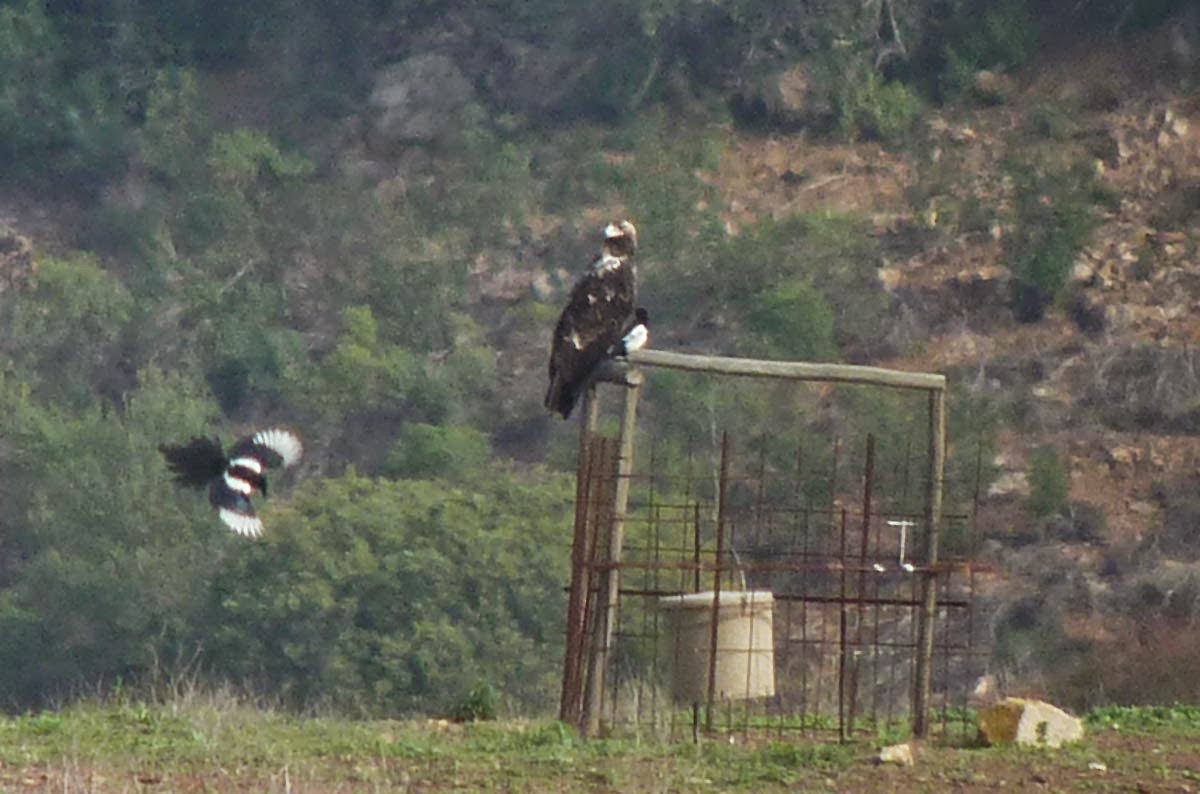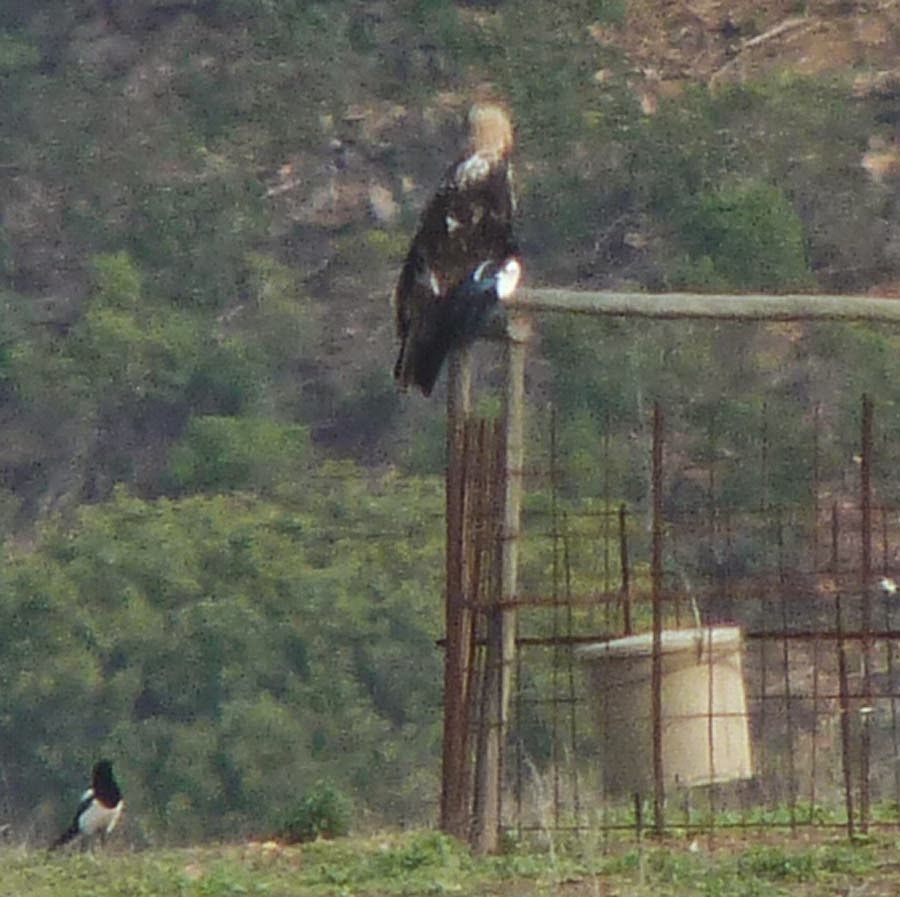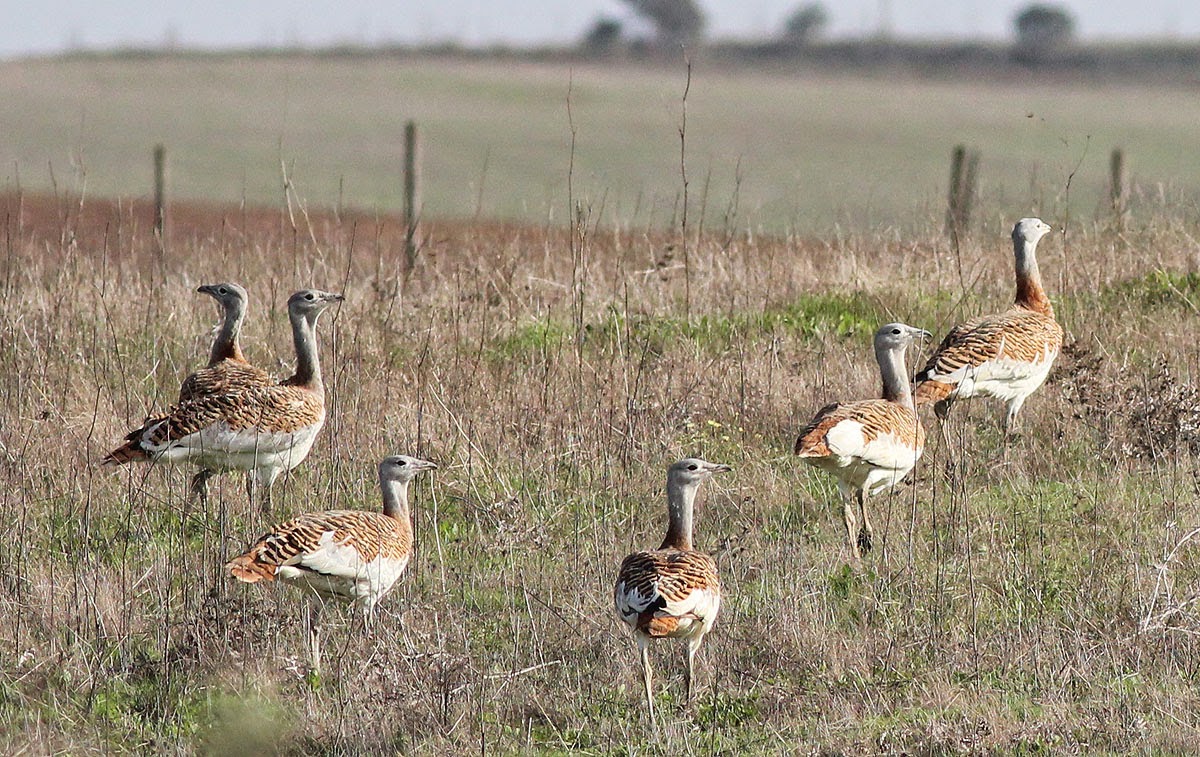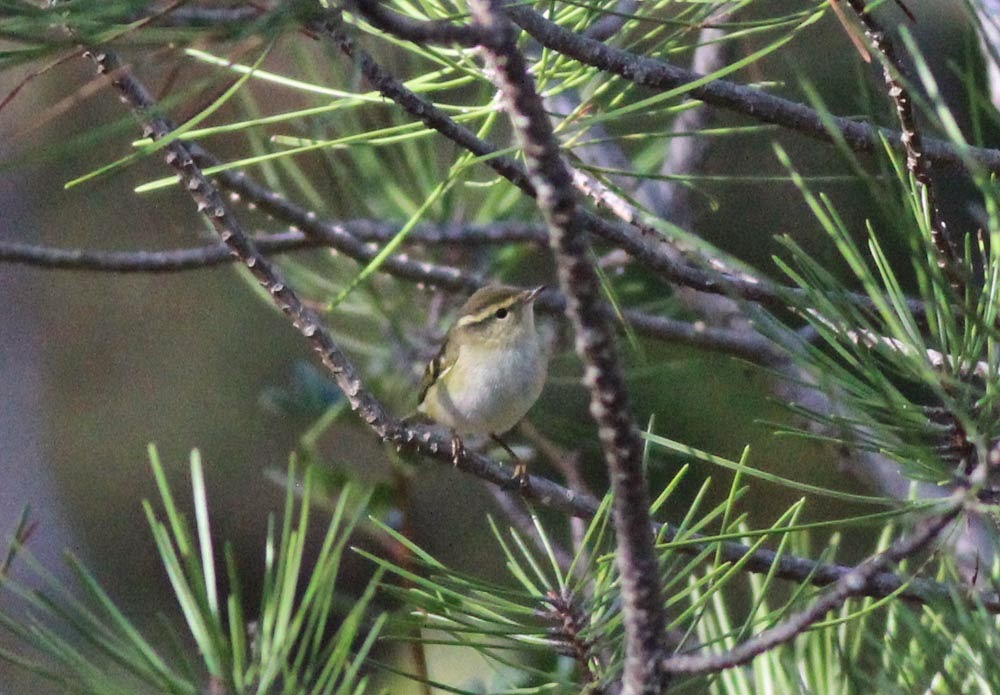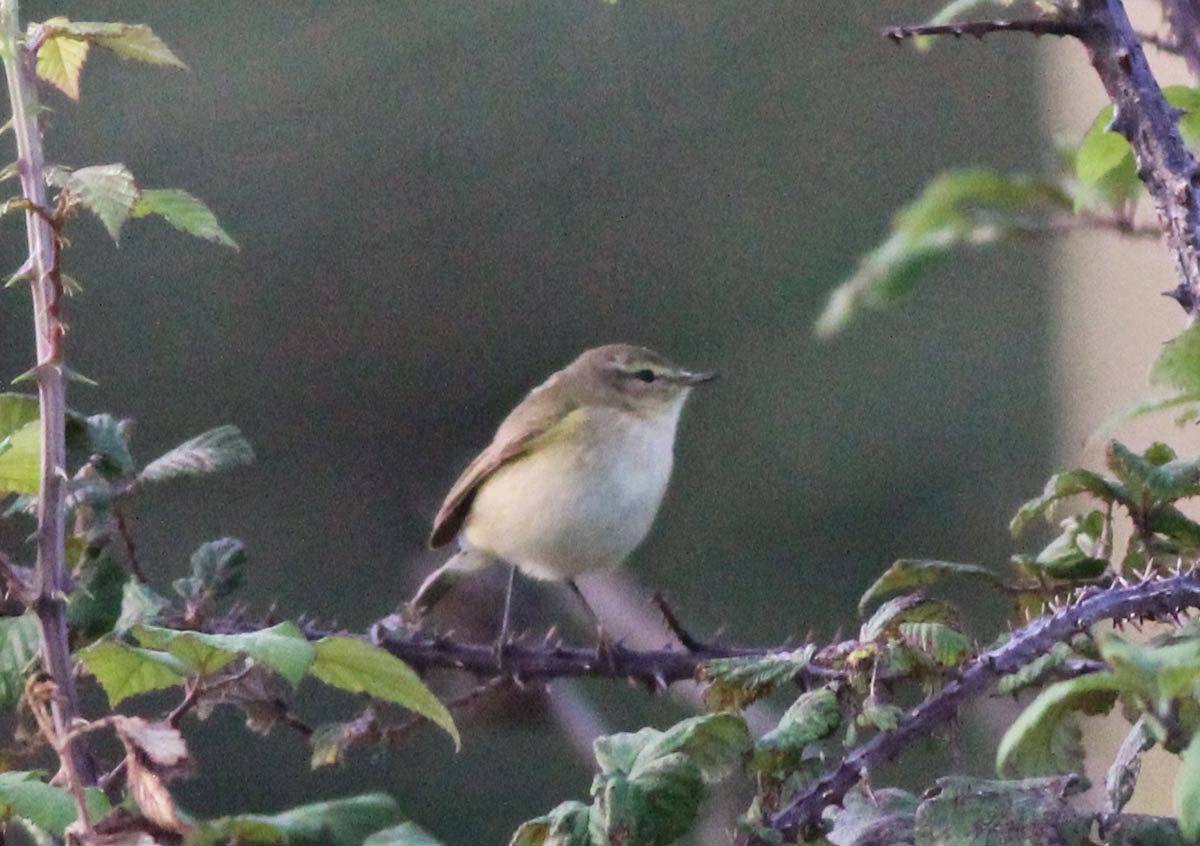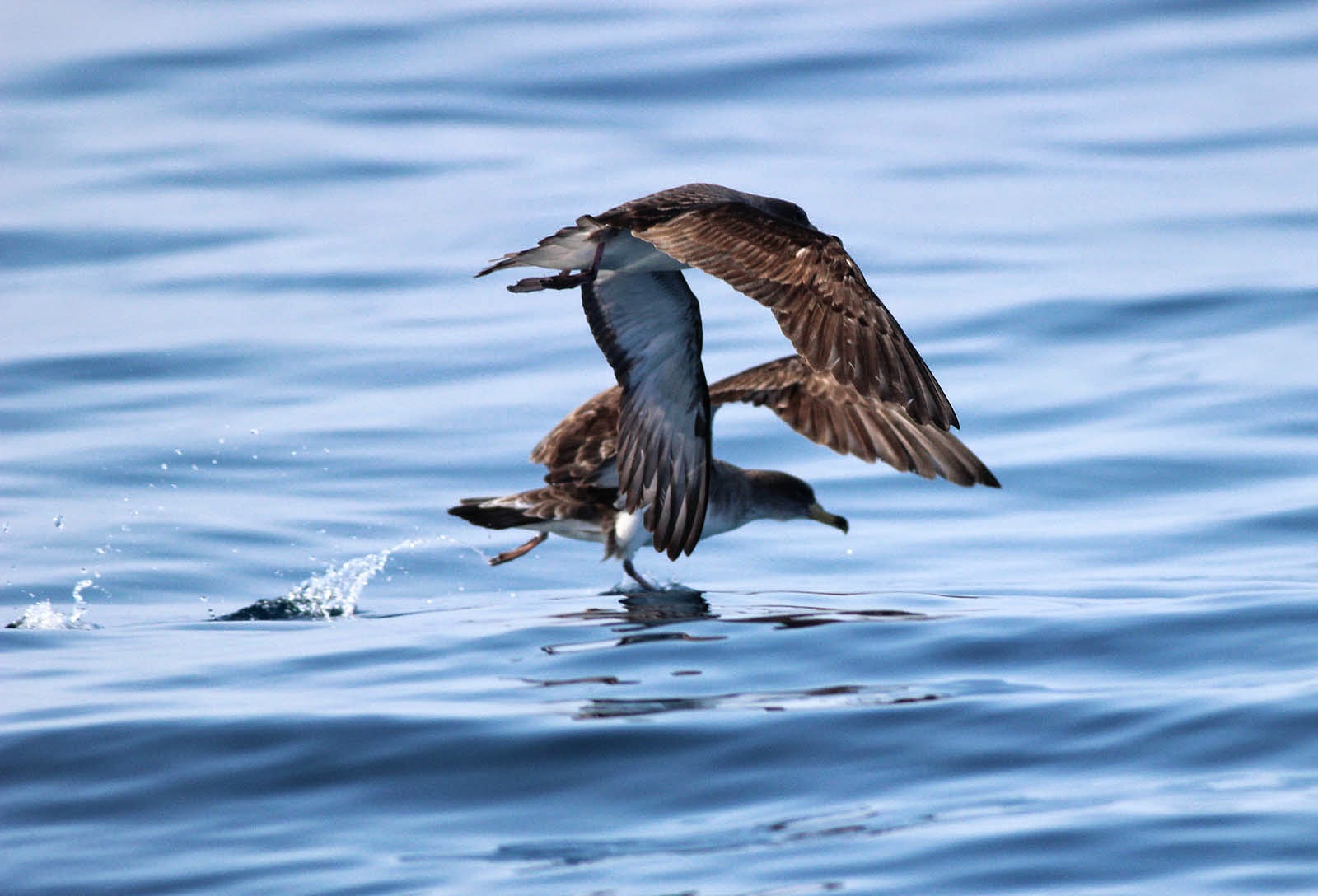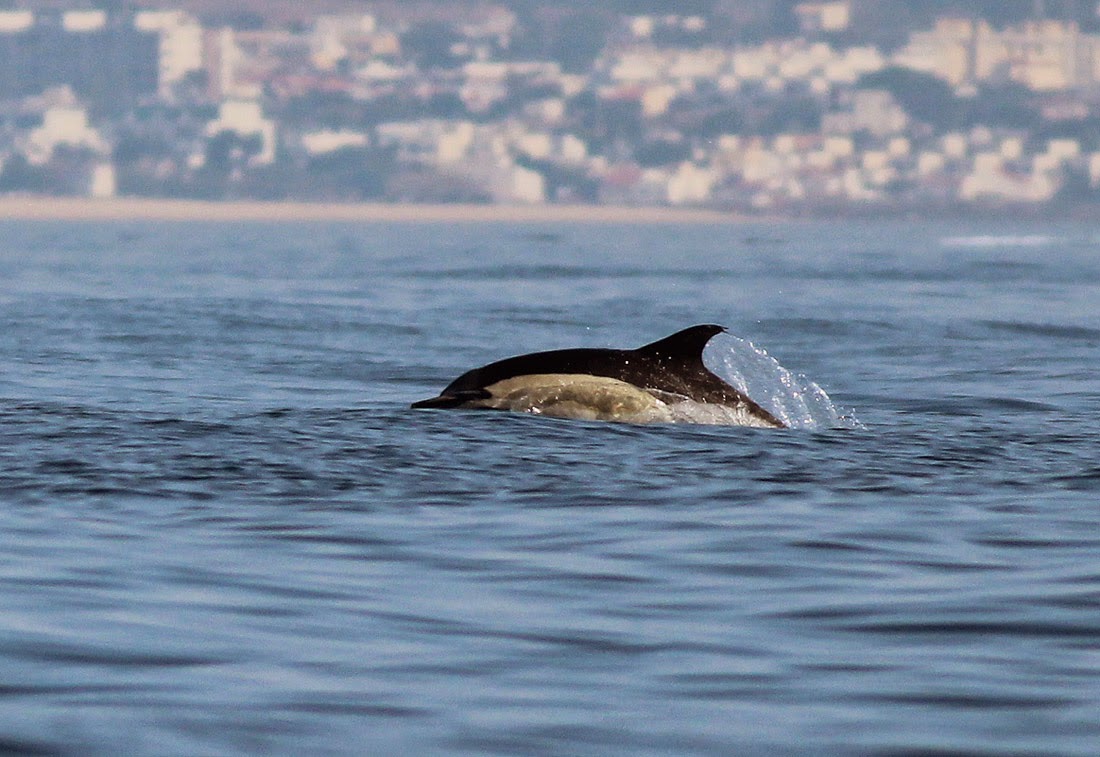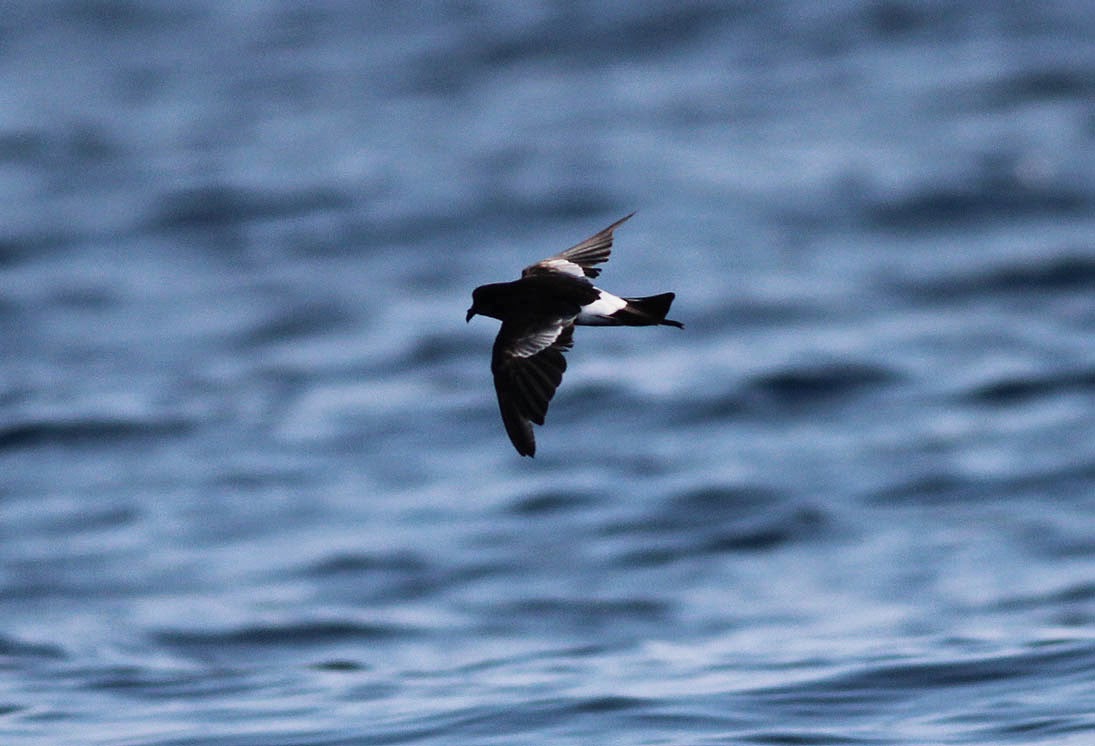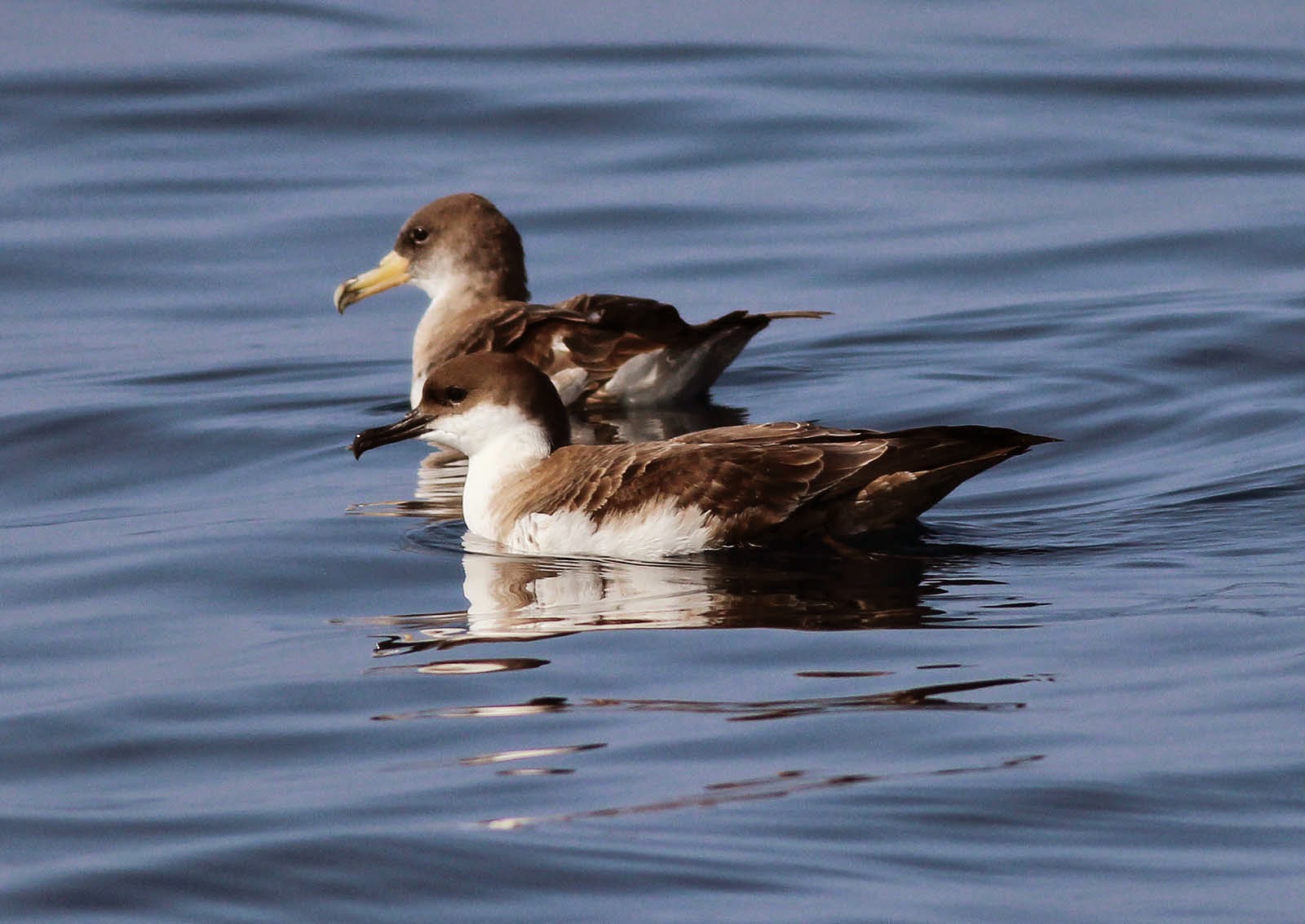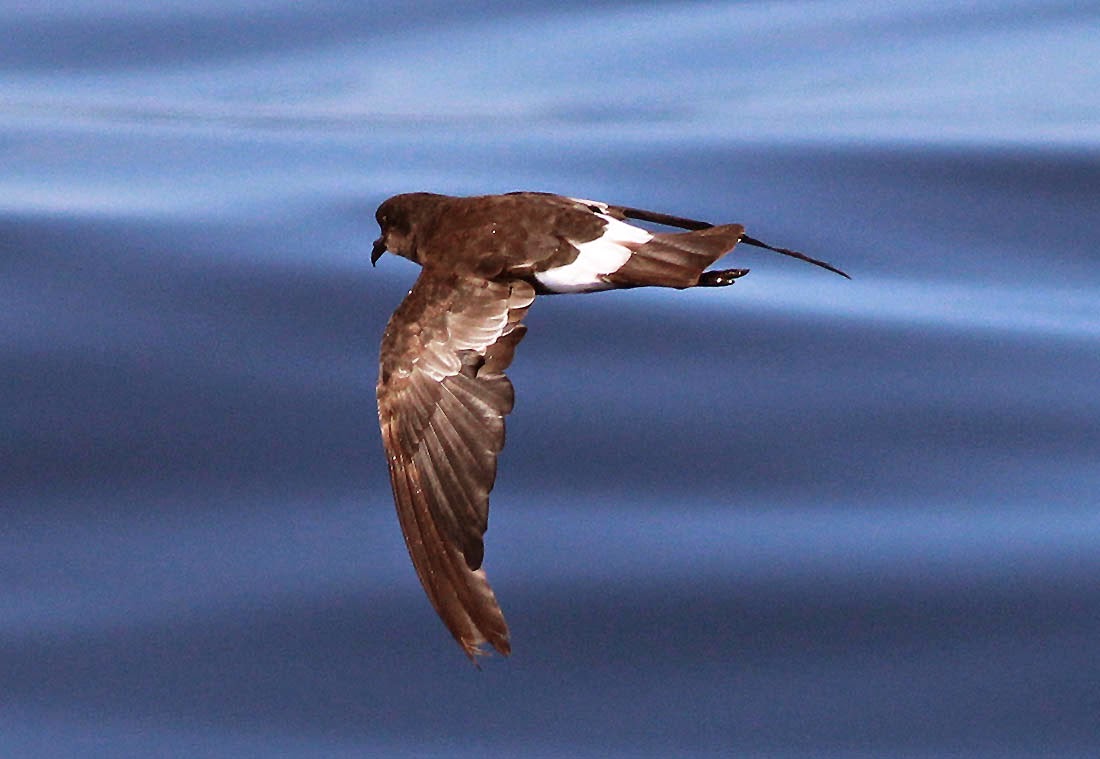This last Saturday (July, 12th) at 8 o'clock on a sunny morning, we headed out from Fuzeta for about 5 miles off shore and saw a lot of marine birds. Regarding Storm Petrels, particularly
Wilson's Storm Petrels (
Oceanites oceanicus) this was one of the best trips I ever made. We must have seen around 30 birds of this species out of a total of 41 Storm Petrels observed during the 2,5 half hours trip, many of them close to the boat, sometimes less than 5m. Best views and photos were possible when we approached a small trawler at about 4.5 miles off shore, where around 30 Storm Petrels, including a few
European Storm Petrels (
Hydrobates pelagicus) were feeding. Some fast "traveling" Petrels on our way out or back in could not be idetified on species-level. Also remarkable was the amount of
Baleric Shearwaters (
Puffinus mauretanicus) we saw: 28 Ind. - 26 birds were traveling westwards (in groups of 2 to 6 Ind., the species nests in the western Mediterranean) between less than 1 mile and c. 2.5 miles off shore. Two birds were hanging around the fishing vessel and gave very good views. Numbers of
Cory's Shearwaters (
Calonectris (diomedia) borealis) were still rather low - about 10 Ind. and only a few immature Northern Gannets were around. A single
Manx Shearwater (
Puffinus puffinus) quite a few
Audouin's Gulls and one
Black Tern (
Chlidonias niger) were other sea birds of interest. We did not see any Cetaceans (Whales&Dolphins) on this trip - but did not miss them much either. My Danish clients were really happy - since the both Storm Petrels were their main target species and we got plenty and close by. I include some photos I made during the trip.
For the next trips scheduled, please read my previous blog-entry or contact me.
Wilson's Storm Petrel (
Oceanites oceanicus) feeding within a mixed group. C. 4.5 miles off shore. Algarve, Portugal, July 12th 2014. Foto: GS. The birds shows heavy moult of the remiges.
Wilson's Storm Petrel (
Oceanites oceanicus) note the toe-projection over the tail tip. C. 4.5 miles off shore. Algarve, Portugal, July 12th 2014. Foto: GS.
Another
Wilson's Storm Petrel (
Oceanites oceanicus) Note the three retained outer primaries and the inner secondaries freshly replaced. C. 4.5 miles off shore. Algarve, Portugal, July 12th 2014. Foto: GS.
Wilson's Storm Petrel (
Oceanites oceanicus) note different feather generations. C. 4.5 miles off shore. Algarve, Portugal, July 12th 2014. Foto: GS.
An European Storm Petrel (
Hydrobates pelagicus) with the striking white underwing coverts and missing toe projection. Most probaly a "British Storm Petrel", since records of the Mediterranean (sub?)species are extremely rare, but ID in the field technically impossible.
Detail of a Wilson's foraging. I wish the head would be visible somewhere in the photo, since this one is nice and sharp...
"Stormie" taking off...
